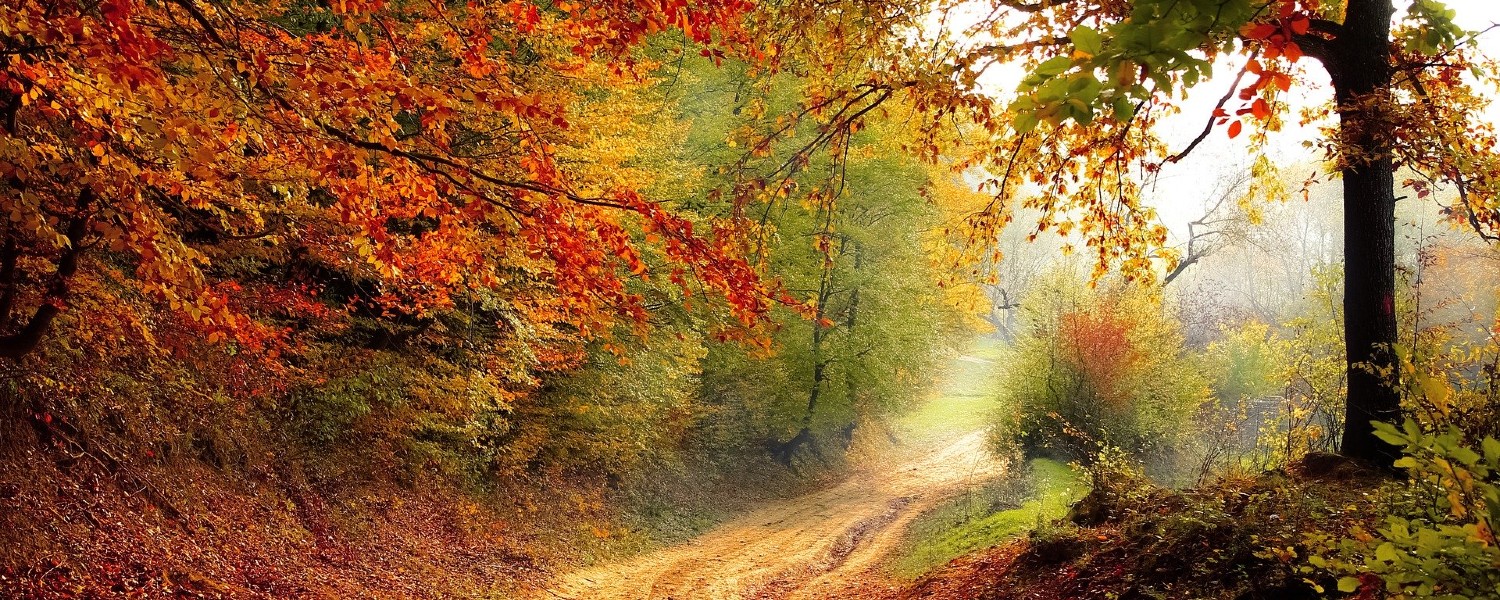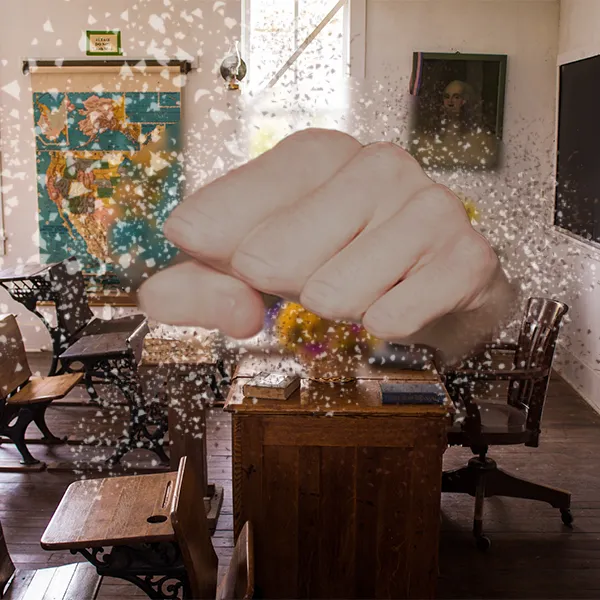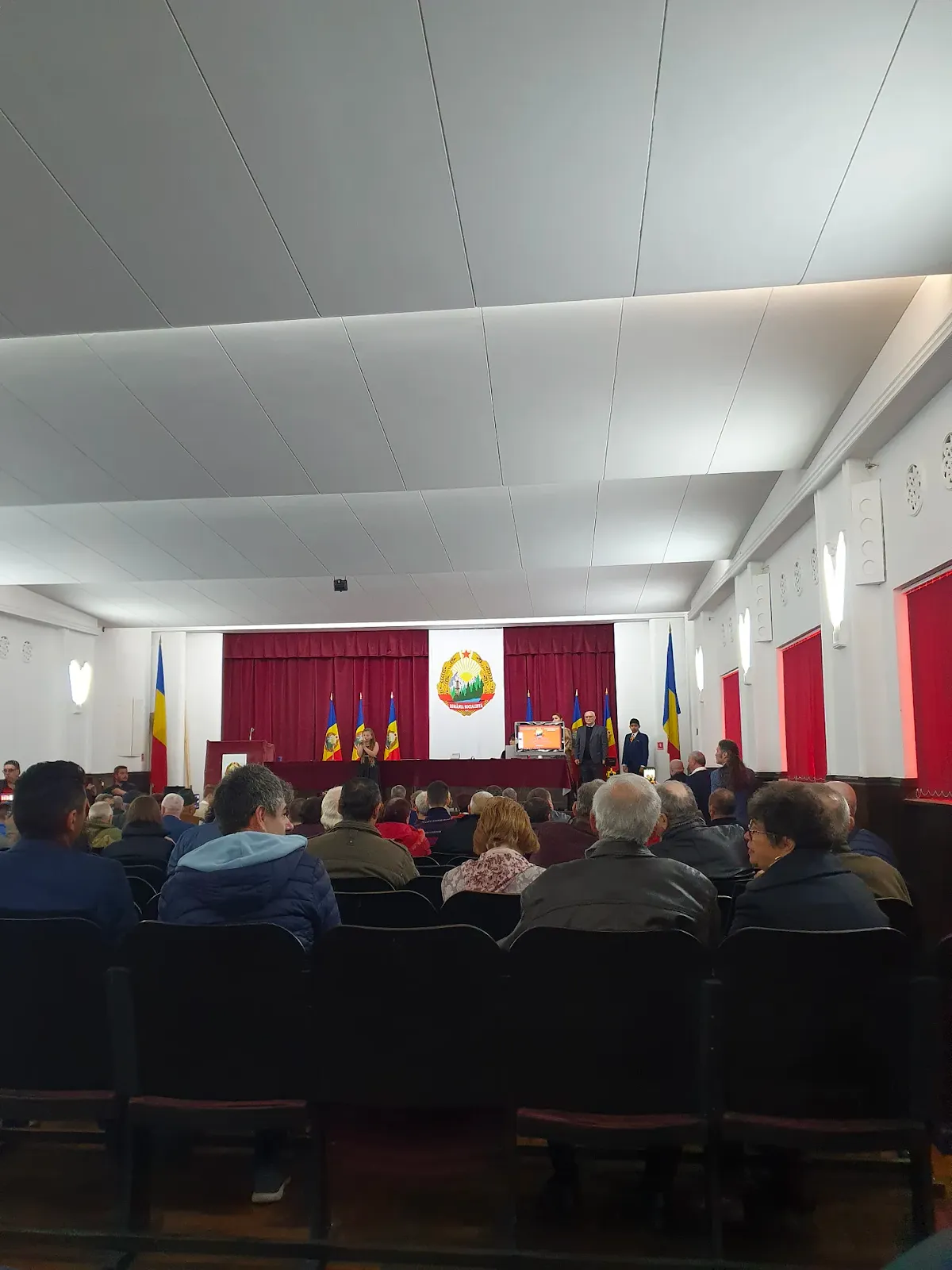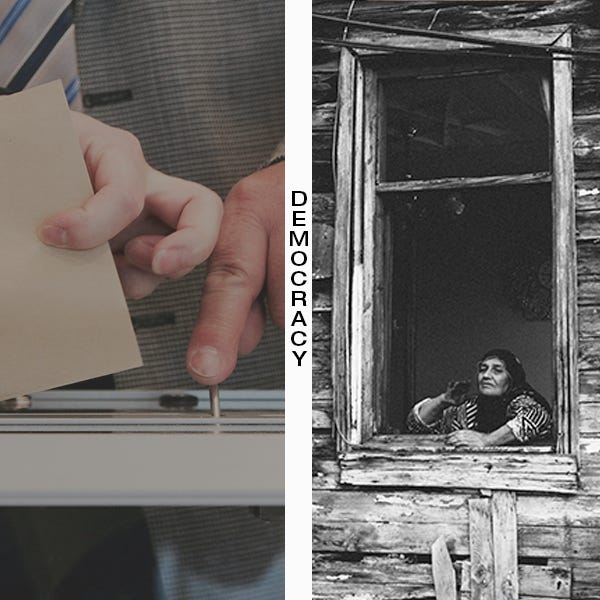When we discuss forests, the first things that comes to mind in Romania is illegal cutting of trees. We think about corruption and the irrational exploitation of this so precious resource. I discussed with Andrei Herţa – researcher in social anthropology at the Regional Museum of History and Art in Zalău on the wider issues of the Romanian wood industry and forest protection. His life is closely connected to the mountains. He has participated in a number of research projects about the explanation for illegal cuttings and is able to look at this phenomenon from a more complex perspective. Together we studied in this interview what brought us to today’s situation, where Romanians look at the spectacle of forest exploitation without the ability to do anything to stop it, even in protected areas such as national parks.
Andrei has also worked at firms for wood processing so he does have experience – both practical and academic, because he studies this phenomenon as a Ph.D. candidate at Babeș-Bolyai University in Cluj Napoca.
He explains that his main issue of interest is not illegal cutting, but forest conservation and the anthropological and sociological perspective on woods. Beyond corruption, there is also the much larger issue of the political economy of deforestation.
The change in the ownership regime through the famous Law Lupu, which came into effect in 1997, outlined that owners of restituted woods will not receive just 1 hectare as it was earlier allowed, but can ask for 30 hectares! The earlier regulation put a brake on the insatiable and irresponsible hunger of the restitutors, who fought vehemently against the concept of the forest as a public good.They wanted everything to be as it was in the times of the kingdom, before socalist collectivisation. It was evaluated that 300,000 owners would lose 300,000 hectares of forest and that this is an acceptable loss. But the democratic convention – which is often considered the perfect form of governance in Romania and has fallen prey to Ion Iliescu’s machinations – in fact created today’s problem as it allowed a much larger restitution that the one originally permitted.
Here is what the Law says:
“Article 41 – (1) The physical persons, or if that is the case, their inheritors, whose terrains with forest vegetation, woods, wooded meadows, bushes, pastures and meadows have passed to the ownership of the state through the effect of special normative acts… can ask for the reconstitution of the right to ownership and for a difference of more than 1 ha, but not more than 30 ha per family.”
Paragraph 2 of article 41 states:
“If …buildings and forest improvements exist, [or] are in the process of construction or in the phase of project in the lands from the first paragraph [and] are going to be attributed to the surfaces of the terrain, or if the terrains are deforested, other terrains, which answer to those conditions, will be granted in the vicinity of the first ones.”
There is a limit to ownership, but 30 hectares means a lot. Also, the interview shares the fact that not only forests were privatised, but also forest services. The institution of the forester was privatised: We have brigades of vigilante citizens, who intervene in order to protect the forest! In order to complete the picture the forest improvements are not made in a uniform way, there is no infrastructure of forest toads and the work of the forester is ever more precarious.
The more the state is stripped of rights and power to enforce the law, the more the woods on the mountains are being cut.
But as the interview says, there are reasons for joy too:
The Barricade is an independent platform, which is supported financially by its readers. Become one of them! If you have enjoyed reading this article, support The Barricade’s existence! We need you! See how you can help – here!











